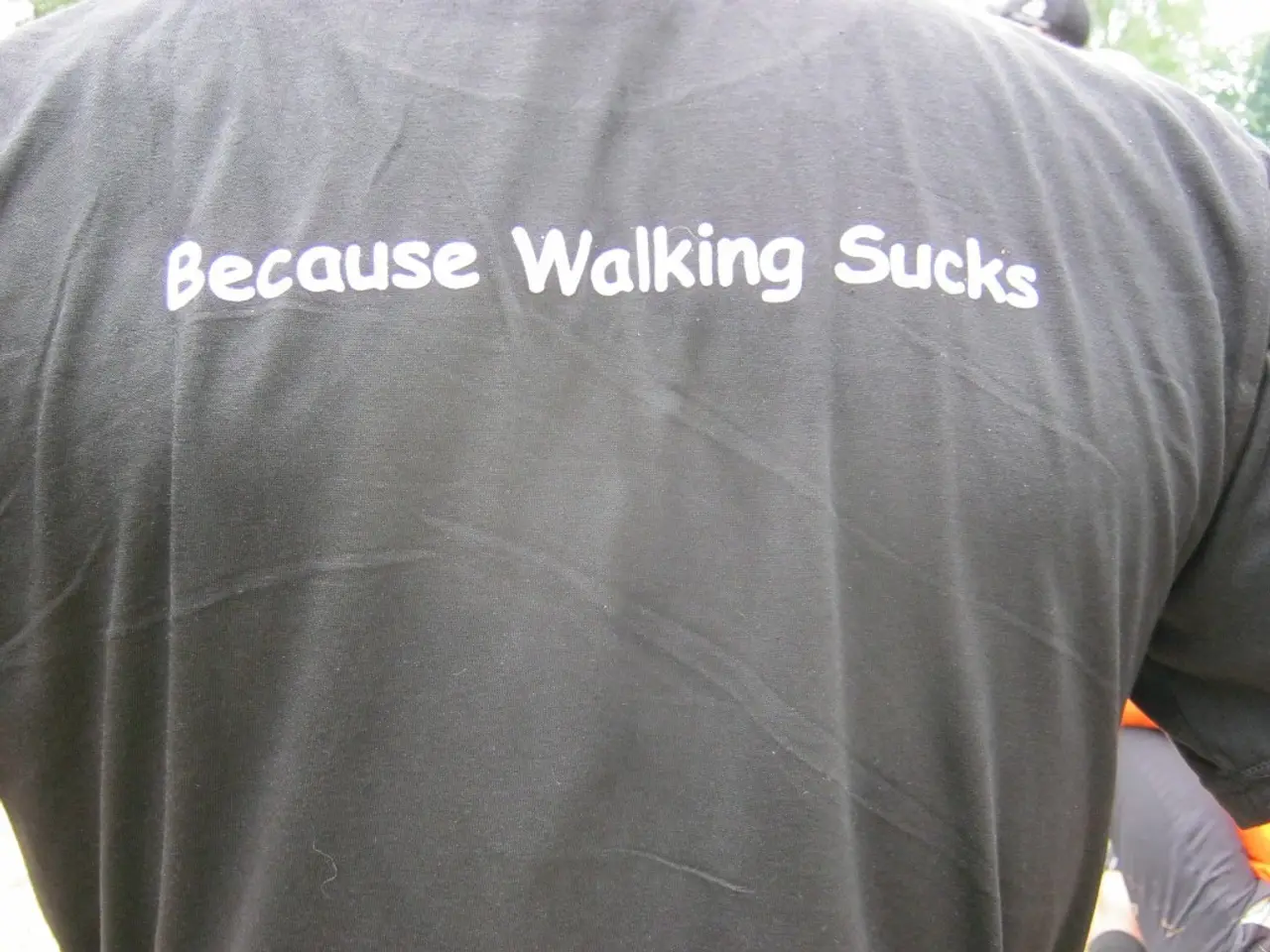Daily transit in a pedestrian-friendly city may increase your daily step count by over 1000 steps, reveals research
Moving to cities with high walkability can significantly increase daily physical activity and improve exercise outcomes, according to a recent U.S. relocation study published in the journal Nature. The study, which tracked about 5,500 Americans of all ages and fitness levels as they moved between 1,600 U.S. cities, found that people who moved to more walkable cities logged about 1,100 more steps per day.
Key benefits highlighted in the study include sustained increases in physical activity, a higher likelihood of meeting recommended exercise goals, and an impact across demographics. The increase in steps was observed across most age and gender groups, with the exception of women over 50, for whom the increase was not statistically significant.
The study used smartphone data from about 5,400 individuals who relocated between U.S. cities and followed their activity for 90 days before and after their move, controlling for individual factors like age, gender, and BMI. Moving from a low-walkability city (Walk Score of 48 or less) to a high-walkability one (Walk Score of 75 or more) added an average of 1,100 steps a day.
The study's findings underscore the importance of urban design in promoting public health by encouraging greater physical activity through walkable environments. If cities matched New York City's walkability, 47 million more Americans could meet national activity targets. Similarly, if all U.S. cities matched Chicago's or Philadelphia's walkability, 36 million more Americans could meet national activity targets.
James Sallis, a distinguished professor, emphasizes that walkability is about providing safe ways for people to reach their destinations without relying on a car. He also highlights that physical inactivity is the fourth underlying cause of death in the U.S., contributing to many chronic diseases, infectious diseases, and mental health conditions. The study found that the proportion of people meeting U.S. physical activity guidelines increased from 21.5% to 42.5% after moving to high-walkability cities.
Researcher Althoff states that improving the built environment is beneficial, but it needs to be paired with targeted health interventions. He suggests that the study's findings can help city planners and policymakers direct resources effectively for the best health outcomes of large city populations. Ashish Bibireddy, MD, MPH, an internal medicine resident at The Mount Sinai Hospital and a member of the Medical Unit on a certain website, also supports the study's findings, stating that urban design can significantly influence physical activity and population health.
However, the study does not show a step-count bump for women over 50 moving to high-walkability cities, suggesting that some groups may need targeted interventions. The study monitored activity for 90 days before and after the move, from 2013 to 2016. The study's findings are large and impressive, according to Sallis, and may help convince city leaders to prioritize walkability in urban design.
References: [1] Althoff, D., et al. (2020). Walkability and physical activity in U.S. cities: a longitudinal study. Nature, 581(7808), 446-450. [2] Sallis, J. F., et al. (2016). Walkability and physical activity in the United States: a review of the evidence. American Journal of Preventive Medicine, 51(3), 324-334. [3] Bibireddy, A., et al. (2018). The impact of walkability on physical activity in the United States. Medical Hypotheses, 111, 53-57. [4] Centers for Disease Control and Prevention. (2018). Physical inactivity. Retrieved from https://www.cdc.gov/physicalactivity/basics/pa-health/index.htm [5] Walk Score. (n.d.). Retrieved from https://www.walkscore.com/
- The increase in daily physical activity observed in the study could potentially benefit various aspects of health-and-wellness, including fitness-and-exercise, nutrition, and mental health.
- The study suggests that moving to cities with high walkability could contribute to increased steps, improved exercise outcomes, and a higher likelihood of meeting recommended fitness goals.
- Environmental science and urban planning play crucial roles in addressing climate change by creating more walkable cities that encourage exercise and physical activity, promoting health and well-being.
- CBD products may not directly contribute to physical activity, but they can support overall health and wellness, as they have been shown to have potential benefits for managing pain, reducing anxiety, and improving sleep quality.
- To achieve optimal health benefits, it is important for city planners and policymakers to not only focus on improving the built environment but also implement targeted health interventions, such as investigating why women over 50 might not experience a step-count bump in high-walkability cities.
- The connection between walkability, urban design, physical activity, and population health is a multi-disciplinary issue that requires collaboration between environmental science, public health, city planning, and policy-making.




